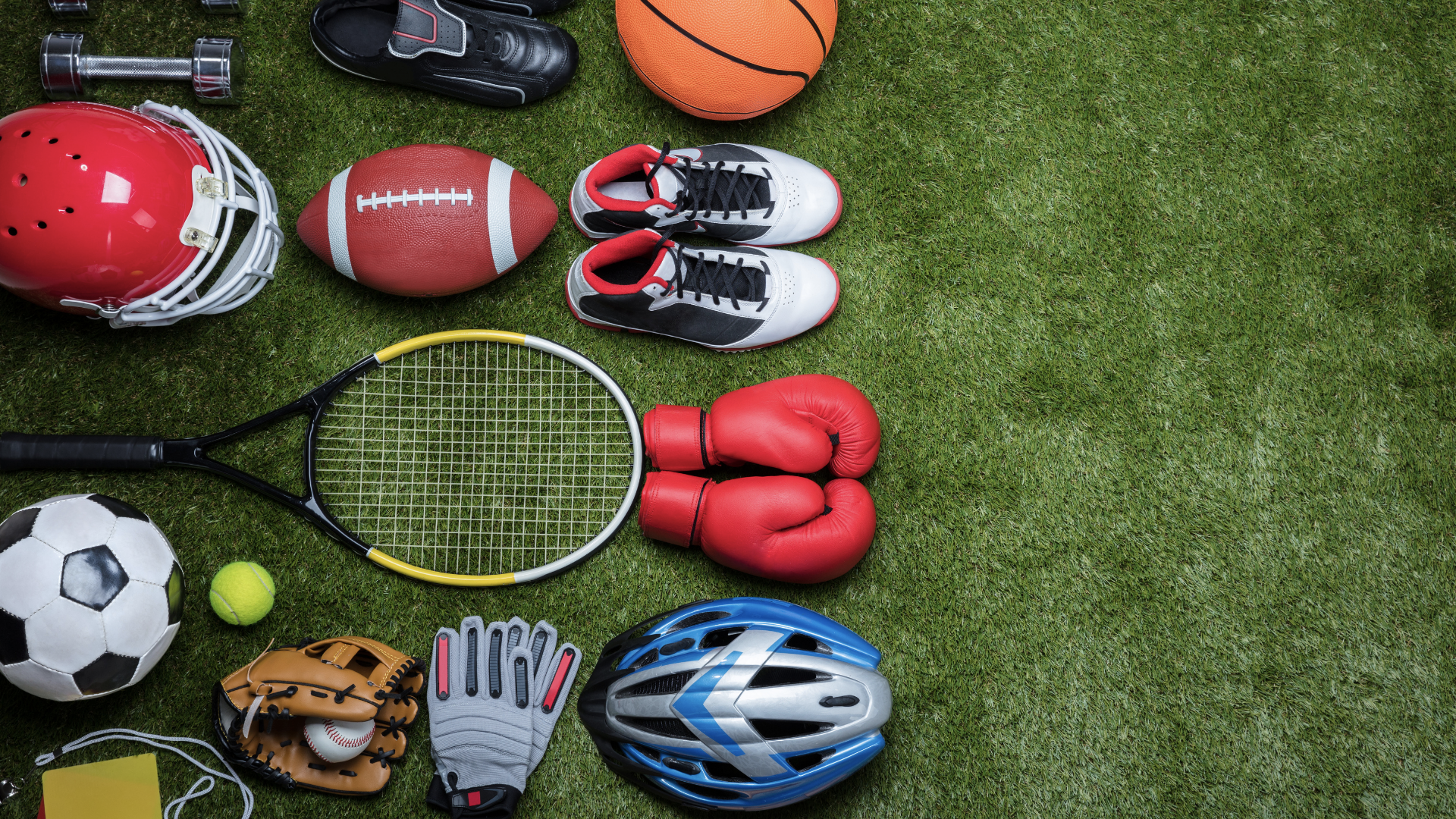Today's increasingly digital world is pushing the sports sector to invest in new-age technologies like the Internet of Things. With IoT, sports can connect the physical and digital to achieve better athlete performance, revolutionize fan engagement, and maximize revenue.
Like all industries, the sporting sector is currently experiencing significant disruption from digitization. This trend is evidenced by the $3 billion smart sports equipment market, which is
expected to reach $3.6 billion in 2027. Across numerous sporting segments, new-age technologies like the Internet of Things are gaining prominence, rewarding early adopters and agile IoT suppliers with breakthrough results.
IoT has significant potential to transform sporting activities. IoT-powered solutions bridge the physical and digital worlds by integrating systems to facilitate real-time monitoring, data collection, and analytics. As a result, they can help organizations increase venue efficiency, create new revenue streams, and bring fans as close to the action as possible.
Read on for four remarkable ways the sporting industry can benefit from IoT integration.
1. Promoting Player Health and Safety
Sports are physically demanding, potentially risky, and increasingly competitive. Therefore, player health and performance must be every organization's top priority. Sporting companies need to do all they can to keep their players in peak physical and mental condition.
IoT solutions are redefining how teams, doctors, physical therapists, and psychologists approach player health and wellbeing. Embedded devices like smart insoles and kit monitors collect real-time health data, such as heart rate, breathing patterns, body composition, and blood pressure. Physicians can then use analytics to create comprehensive player health profiles, identify weak points, and develop personalized programs to keep them consistently fit.
Additionally, IoT-based body monitoring can deliver performance data to coaches, enabling them to adjust training and manage player workloads effectively to mitigate fatigue and injury. Managers can also determine the strengths and weaknesses of athletes and develop programs that optimize their performance.
2. Improving the Fan Experience
Giving fans valuable and memorable experiences can go a long way to boosting brand loyalty and creating a sustainable fanbase. With IoT, sporting companies can offer unique experiences that strengthen their connection to fans and keep them attending event after event.
IoT provides exciting opportunities for sporting companies to improve fan experiences. Some of these include:
- Deploying IoT sensors to control crowds at the entrance and exit points and merchandise and food stands.
- Interfacing parking lot sensors and license plate scanners with end-user mobile apps to help fans reserve parking spots before the game.
- Using on-field cameras and drones to give fans in-game virtual reality experiences.
- Using drones to deliver food and drinks to fans during a game.
- Connecting all field cameras to offer 360-degree replays, ensuring fans never miss essential moments
- Implementing contactless payment systems powered by biometric technology for quick, safe, and convenient purchases.
These innovations might seem far-fetched, but considering the current investment rate in tech-driven fan experiences, it is only a matter of time before they become a reality. Allied Market Research estimates global smart stadiums will generate
over $22 billion by 2025. This huge market will consist of venues incorporating IoT at a much wider scale, and in return earning long-standing fan loyalty.
3. Enhancing Engagement Channels
Mobile apps and social media are playing a critical role in connecting with sports fans. Today, people can keep up with their favorite athletes and teams and deliver views and grievances from mobile devices.
The sports sector can use IoT to expand the engagement capabilities of mobile platforms and social media channels. For example, digital signage in stadiums can interface with apps and cameras to project relevant social media posts, stadium happenings, and shoutouts to specific fans in attendance.
Meanwhile, tennis courts can deploy sensors and cameras to track metrics like scores, player movements, serve quality, and infringements. This data can then be delivered to spectators in real-time through a mobile app. As a result, a fan can watch the game while listening to live, latency-free commentary enriched with relevant stats about the game and the player they are supporting.
4. Opening New Revenue Streams
Tickets and in-stadium merchandise have long been the primary money maker for sporting companies. However, because of rising ticket prices and better in-home experiences, fans are increasingly choosing to attend games in the comfort of their couches. The pandemic has further aggravated the situation, with some fans choosing to remain indoors for safety, even as stadiums reopen.
Fortunately, the Internet of Things can help sports organizations to unlock revenue streams far beyond the game itself. For example, IoT solutions can collect information like the most worn brands and the most bought snacks during an event. With this data, organizers can know what to offer for maximum returns.
Moreover, data from IoT sensors can be consolidated into valuable databases providing valuable insights to various industries. Considering data privacy, teams and venue owners can sell collected data to advertisers for additional income.
Transform Your Sporting Enterprise with IoT
Sports-targeted IoT technology has been advancing exponentially in recent years, and with more innovations on the horizon, the smart sports market is bound to continue expanding. So, if you are in the sports business, you owe it to your organization to start exploring IoT solutions in top marketplaces like IoT2Market. With the right products, you can streamline operations, improve player wellbeing, and deliver next-level fan experiences.
Create a buyer's account at
IoT2Market today and start turning your operation into a smart, integrated sporting enterprise.





